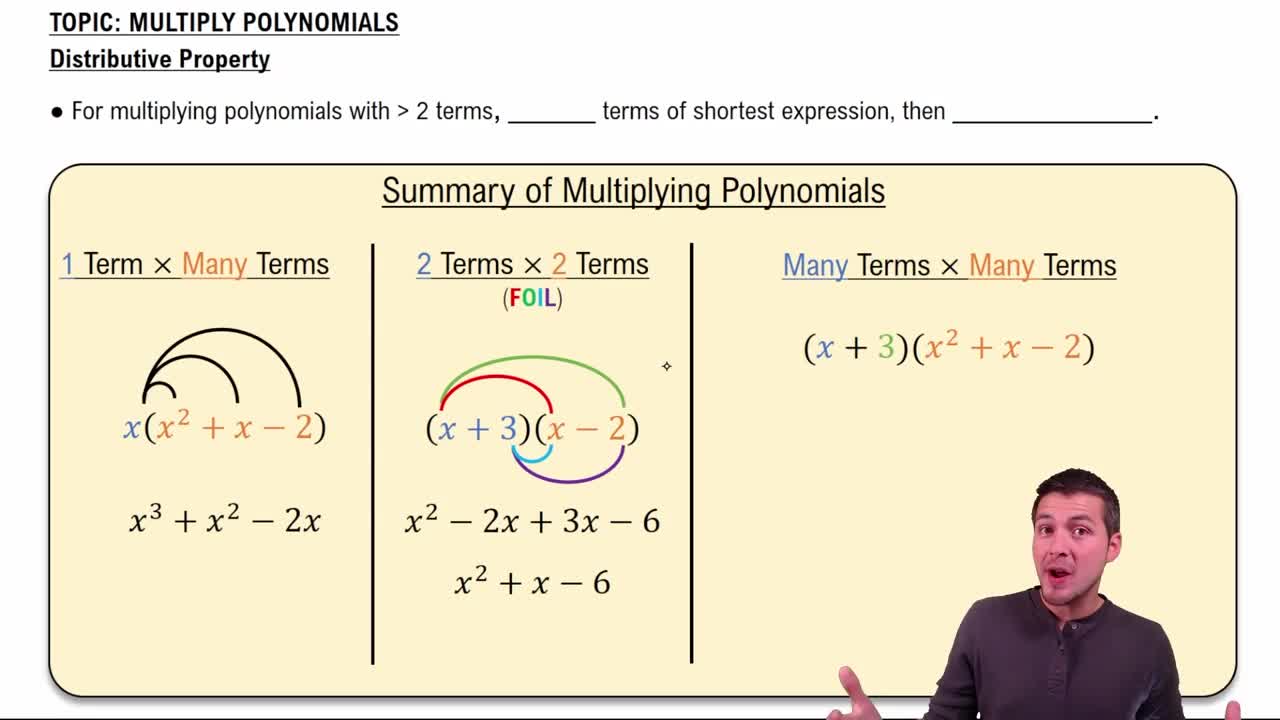Here are the essential concepts you must grasp in order to answer the question correctly.
Reciprocal
The reciprocal of a number is defined as 1 divided by that number. For a fraction, the reciprocal is obtained by swapping its numerator and denominator. For example, the reciprocal of 6/2 is 2/6, which simplifies to 1/3. Understanding reciprocals is essential for operations involving division and fractions.
Recommended video:
Parallel & Perpendicular Lines
Fractions
A fraction represents a part of a whole and consists of a numerator (the top number) and a denominator (the bottom number). In the case of 6/2, 6 is the numerator and 2 is the denominator, indicating that 6 is divided into 2 equal parts. Mastery of fractions is crucial for performing arithmetic operations and understanding ratios.
Recommended video:
Radical Expressions with Fractions
Simplification
Simplification involves reducing a fraction to its simplest form, where the numerator and denominator have no common factors other than 1. For instance, the fraction 6/2 simplifies to 3/1, as both 6 and 2 can be divided by 2. This concept is vital for making calculations easier and clearer in algebra.
Recommended video:
Multiply Polynomials Using the Distributive Property



